Home>Interior Design>Is Painting Your Home’s Brick Exterior A Good Idea?
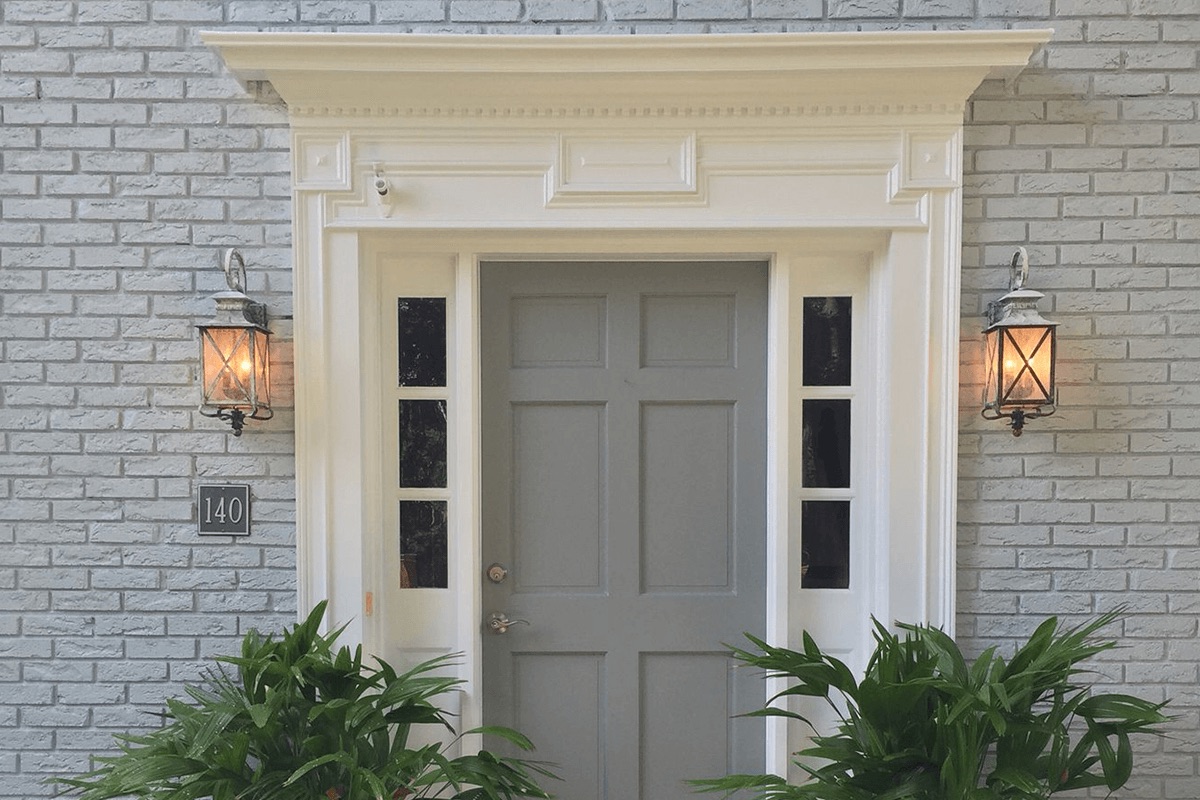

Interior Design
Is Painting Your Home’s Brick Exterior A Good Idea?
Modified: January 23, 2024
Wondering if painting your home's brick exterior is a good idea? Explore the possibilities of transforming your space with interior design techniques.
(Many of the links in this article redirect to a specific reviewed product. Your purchase of these products through affiliate links helps to generate commission for Storables.com, at no extra cost. Learn more)
Introduction
Painting the exterior of your home’s brick can be a tempting idea to transform its appearance and give it a fresh, updated look. However, before you rush into this decision, it’s important to consider both the pros and cons to determine if it’s the right choice for your home. This article will provide a comprehensive guide to help you make an informed decision about painting your home’s brick exterior.
Brick is a durable and timeless material that has been used in construction for centuries. It offers a unique charm and character to any home. However, over time, the original look of the brick can fade or become outdated. Painting the brick can be a cost-effective way to revitalize your home’s exterior, improve its curb appeal, and protect the brick from weathering.
Before you proceed, take a step back and evaluate the condition of your home’s brick. Is it in good shape, or does it have cracks, chips, or other damage? It’s important to address any structural issues before painting, as a fresh coat of paint won’t solve underlying problems. Also, consider the architectural style of your home and how painting the brick may impact its overall aesthetic.
While painting can be a great solution, it’s not without its drawbacks. Removing paint from brick can be a challenging and time-consuming task if you decide to change your mind in the future. Additionally, once painted, the natural texture and charm of the brick will be covered. This may not be a concern for everyone, but if you love the original look and texture of your brick, painting may not be the best choice.
Factors such as climate, sun exposure, and the type of paint used also play a vital role in the longevity and success of a painted brick exterior. Understanding these factors will help you make an educated decision about whether painting your home’s brick exterior is a good idea.
In the following sections, we will discuss the pros and cons of painting your home’s brick exterior, factors to consider before making a final decision, steps involved in painting brick, and tips for maintaining painted brick. By the end of this article, you’ll have the information you need to determine if painting your home’s brick exterior is the right choice for you.
Key Takeaways:
- Transform your home’s appearance with a fresh, modern look by painting the brick exterior. Consider factors like climate, architectural style, and long-term commitment before making the decision.
- While painting offers a cost-effective solution to update your home, be mindful of potential drawbacks such as limited reversibility, ongoing maintenance, and loss of natural texture. Evaluate the condition of the brick and your personal preferences before proceeding.
Pros of Painting Your Home’s Brick Exterior
Painting your home’s brick exterior offers several advantages that can enhance its overall appearance and increase its curb appeal. Here are some of the pros to consider:
- Updated Look: Painting your brick can give your home a fresh, modern look. You can choose from a variety of color options to match your personal style and the architectural aesthetics of your home. Whether you prefer a classic white or a bold, vibrant color, painting your brick can instantly transform its appearance.
- Cover Imperfections: If your brick has stains, discoloration, or chipped areas, painting can help conceal these imperfections and create a uniform, clean look. The new layer of paint can act as a protective barrier, preventing further damage and giving your home a smooth, flawless finish.
- Extended Lifespan: Painting your brick can help extend its lifespan by providing an additional layer of protection against moisture, harsh weather conditions, and UV rays. This can help prevent cracking, fading, and deterioration of the brick over time, keeping it in good condition for years to come.
- Cost-Effective Solution: Painting your brick exterior is often more affordable than other renovation options, such as replacing the brick or installing new siding. It can give your home a significant facelift without breaking the bank, making it a cost-effective solution to update its appearance.
- Enhanced Energy Efficiency: Depending on the type of paint used, painting your brick exterior can also provide additional insulation, resulting in improved energy efficiency. The paint can help seal any gaps or cracks in the brick, reducing heat loss in the winter and heat gain in the summer, ultimately saving you money on your energy bills.
Considering these advantages, painting your home’s brick exterior can be a great option to refresh its look, hide imperfections, protect the brick, and increase its value. However, it’s important to also consider the potential downsides before making a final decision.
Cons of Painting Your Home’s Brick Exterior
While painting your home’s brick exterior can offer several benefits, it’s important to be aware of the potential downsides before making a decision. Here are some of the cons to consider:
- Limited Reversibility: Once you paint your brick, it can be challenging to remove the paint if you decide to revert to the original look in the future. Removing paint from brick requires time-consuming and often expensive methods, such as sandblasting or chemical stripping. Before proceeding with painting, make sure you are committed to this long-term change.
- Loss of Natural Texture: Painting brick will inevitably cover the natural texture and detail of the surface. If you appreciate the original brick texture and the charm it adds to your home, painting may not be the right choice for you. Consider whether you are willing to sacrifice the unique qualities of your brick for a painted finish.
- Ongoing Maintenance: While painting brick can provide protection, it also requires ongoing maintenance to keep it looking its best. Over time, the paint may chip, fade, or peel, especially in areas exposed to harsh weather conditions. Regular touch-ups or repainting may be necessary to maintain the desired appearance.
- Possible Moisture Trapping: When brick is painted, the breathable nature of the material is compromised. This means that moisture can become trapped behind the paint layer, leading to potential issues such as mold growth or brick deterioration. It’s crucial to use a high-quality breathable paint and ensure proper ventilation to minimize these risks.
- Distinctive Appearance: While updating the look of your home can be appealing, keep in mind that the painted brick exterior can give your home a different visual impression. Some people may prefer the traditional and timeless look of bare brick, and painting it may alter the overall style or character of your home.
Considering these potential drawbacks, it’s essential to assess whether the benefits outweigh the downsides for your specific situation. Take the time to weigh the pros and cons before proceeding with painting your home’s brick exterior.
Factors to Consider Before Painting Brick
Before you make the decision to paint your home’s brick exterior, there are several important factors that you should consider. These factors will help you determine if painting is the right choice for your specific situation. Here are some key factors to keep in mind:
- Brick Condition: Assess the condition of your brick before proceeding with painting. Are there any structural issues, such as cracks or loose mortar? These issues should be addressed before painting to ensure a sturdy foundation. If the brick is in poor condition, painting may not be a suitable solution, and other options such as brick replacement or repair might be more appropriate.
- Climate: Consider the climate in your area. Different climates can have varying effects on painted brick. For example, if you live in a region with extreme temperature fluctuations or high humidity levels, it may impact the durability and longevity of the paint. Consult with professionals or do research specific to your climate to select a paint formula that is suitable for the conditions.
- Architectural Style: Think about the architectural style of your home and how painting the brick will impact its overall aesthetic. Some architectural styles are better suited to painted brick, while others may be better left in their original state. Assess if the painted brick will complement the overall design of your home or if it may clash with its architectural character.
- Personal Preference: Consider your personal preference and style. Are you someone who enjoys vibrant colors and bold statements, or do you prefer a more subtle and traditional look? Think about how a painted brick exterior will align with your personal taste and the overall vision you have for your home’s appearance.
- Long-Term Commitment: Painting brick is a long-term commitment as it can be difficult and costly to remove the paint if you decide to revert to the original brick look. Make sure that you are ready to commit to this change and that it aligns with your long-term plans for your home.
By carefully considering these factors, you will be able to make a more informed decision about whether painting your home’s brick exterior is the right choice for you. Take the time to evaluate each factor and consult with professionals if needed. This will ensure that you make a decision that aligns with your needs, preferences, and the specific conditions of your home.
Before painting your home’s brick exterior, consider the long-term maintenance and potential damage to the brick. Consult a professional to ensure the paint will adhere properly and won’t cause moisture issues.
Steps to Paint Your Home’s Brick Exterior
If you have decided to paint your home’s brick exterior, it’s important to follow a step-by-step process for a successful and long-lasting result. Here are the essential steps to consider when painting your home’s brick:
- Clean the Brick: Start by thoroughly cleaning the brick surface. Use a pressure washer or a stiff-bristle brush and a cleaning solution to remove dirt, debris, and any existing paint. Ensure that the brick is completely dry before proceeding to the next step.
- Repair Any Damage: Inspect the brick for any cracks, chips, or loose mortar. Repair these areas using a brick-specific patching compound or mortar, following the product instructions. Allow sufficient time for the repairs to dry and cure properly.
- Prime the Surface: Apply a high-quality primer specifically designed for masonry surfaces. This will help create a secure bond between the paint and the brick and improve the durability and longevity of the paint job.
- Choose the Right Paint: Select a paint that is suitable for exterior use and specifically formulated for masonry surfaces. Acrylic latex or elastomeric paint is often recommended for painting brick. Consider the desired color and finish, as well as any specific climate considerations, when selecting the paint.
- Apply Multiple Coats: Apply at least two coats of paint to ensure even coverage and durability. Use a high-quality brush or roller to apply the paint in smooth, even strokes. Allow each coat to dry thoroughly before applying the next one, following the manufacturer’s instructions for drying times.
- Pay Attention to Detail: Take the time to carefully paint around windows, doors, and other architectural elements. Use painter’s tape to create clean, precise edges. Double-check for any missed spots or uneven coverage. Consider using a small brush to reach tight corners or hard-to-reach areas.
- Allow Sufficient Drying Time: After the final coat of paint, allow sufficient drying time before exposing the painted brick to any moisture or heavy wear. This will help prevent damage and ensure that the paint cures properly for long-lasting results.
- Consider Finishing Touches: Once the paint is dry, consider adding a clear masonry sealer or waterproofing coating to provide additional protection and enhance the longevity of the paint. This step can help safeguard the painted brick from moisture, staining, and other potential issues.
Following these steps will help you achieve a professional-looking paint job on your home’s brick exterior. Take your time, pay attention to detail, and consult with professionals if needed to ensure a successful and satisfactory result.
Tips for Maintaining Painted Brick
Once you have painted your home’s brick exterior, it’s important to implement proper maintenance strategies to keep it looking fresh and vibrant for years to come. Here are some essential tips for maintaining painted brick:
- Regular Cleaning: Regularly clean the painted brick surface to remove dirt, dust, and other buildup. Use a mild detergent mixed with water and a soft-bristle brush or sponge to gently scrub the surface. Avoid using abrasive materials that can scratch or damage the paint.
- Inspect for Damage: Periodically inspect the painted brick for any signs of damage, such as chipping, peeling, or cracking. Address these issues promptly to prevent further deterioration. Touch up small areas with matching paint, and consider repainting larger damaged sections if necessary.
- Manage Moisture: Keep an eye out for any moisture-related issues, such as water stains or mold growth. Ensure that gutters and downspouts are properly functioning to divert water away from the brick. Address any water pooling or leaks promptly to protect the paint and prevent damage to the underlying brick.
- Avoid Harsh Chemicals: When cleaning the painted brick, avoid using harsh chemicals, as they can damage the paint. Stick to gentle cleaning solutions, and test any new products in a small, inconspicuous area before applying them to the entire painted surface.
- Touch Up as Needed: Over time, the painted brick may experience wear and tear, especially in high-traffic areas or areas exposed to the elements. Keep extra paint on hand and touch up any chips or small imperfections as needed. This will help maintain the overall appearance and protection of the painted brick.
- Protect from Scratches and Abrasions: Take precautions to avoid scratching or abrasions on the painted brick. Be careful when moving objects around or when performing any activities that could potentially damage the surface. Consider using protective coverings or pads when necessary to prevent accidental damage.
- Reapply Sealer or Waterproofing: If you opted to apply a masonry sealer or waterproofing coating, follow the manufacturer’s recommendations for reapplication. Regularly check the effectiveness of the sealant and reapply as necessary to ensure continued protection against moisture and other elements.
- Consult with Professionals: If you have any concerns about the maintenance or care of painted brick, don’t hesitate to consult with professionals. They can offer expert advice, recommend suitable products, and provide guidance on any specific issues or challenges you may encounter.
By following these maintenance tips, you can help extend the life of your painted brick exterior and keep it looking vibrant and fresh for years to come. Remember to be proactive in addressing any issues promptly and to prioritize regular cleaning and inspection to maintain the overall quality and appearance of your painted brick.
Conclusion
Painting your home’s brick exterior can be a transformative and cost-effective way to update its appearance, increase curb appeal, and protect the brick from the elements. However, before undertaking such a project, it is important to carefully consider various factors and weigh the pros and cons.
While painting brick offers advantages such as a refreshed look, the ability to cover imperfections, and increased durability, there are also potential drawbacks to consider. The limited reversibility, loss of natural texture, ongoing maintenance, and possible moisture trapping are important factors to keep in mind.
Before proceeding, take the time to evaluate the condition of the brick, the climate in your area, and the architectural style of your home. Consider your personal preferences and long-term commitment to the painted brick. This will help you make an informed decision about whether painting your home’s brick exterior is the right choice for you.
If you decide to move forward with painting, follow a step-by-step process that includes cleaning, repairing any damage, priming the surface, and applying multiple coats of suitable paint. Take care of the painted brick by regularly cleaning it, inspecting for damage, managing moisture, and addressing any necessary touch-ups.
Remember that maintenance is crucial to ensure the longevity and appearance of the painted brick. Implementing proper care, avoiding harsh chemicals, protecting the surface from scratches, and reapplying sealants when necessary will help maintain the painted brick’s beauty and protection.
Ultimately, painting your home’s brick exterior is a personal decision that should align with your style preferences, the needs of your home, and your long-term plans. By carefully considering the factors and following the necessary steps and maintenance tips, you can achieve a beautifully transformed brick exterior that enhances the overall aesthetic appeal of your home.
Consulting with professionals can also provide valuable insights and guidance throughout the process. With thorough planning and proper execution, painting your home’s brick exterior can be a rewarding project that breathes new life into your home.
Frequently Asked Questions about Is Painting Your Home's Brick Exterior A Good Idea?
Was this page helpful?
At Storables.com, we guarantee accurate and reliable information. Our content, validated by Expert Board Contributors, is crafted following stringent Editorial Policies. We're committed to providing you with well-researched, expert-backed insights for all your informational needs.
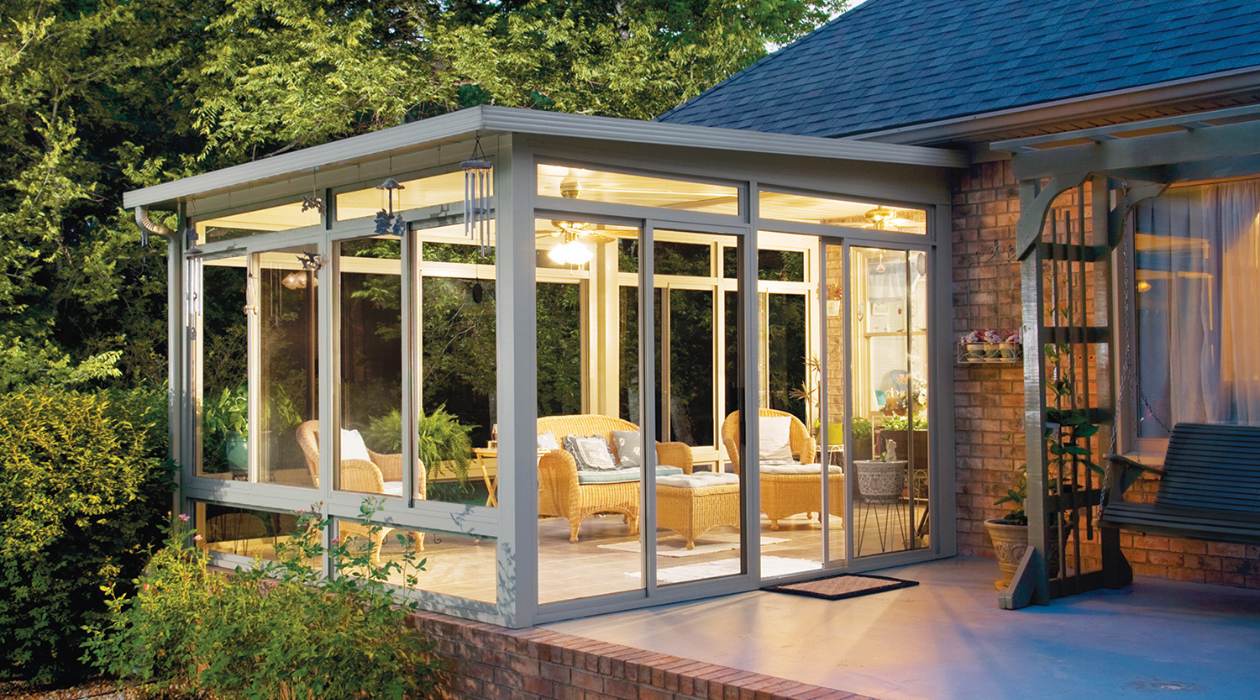
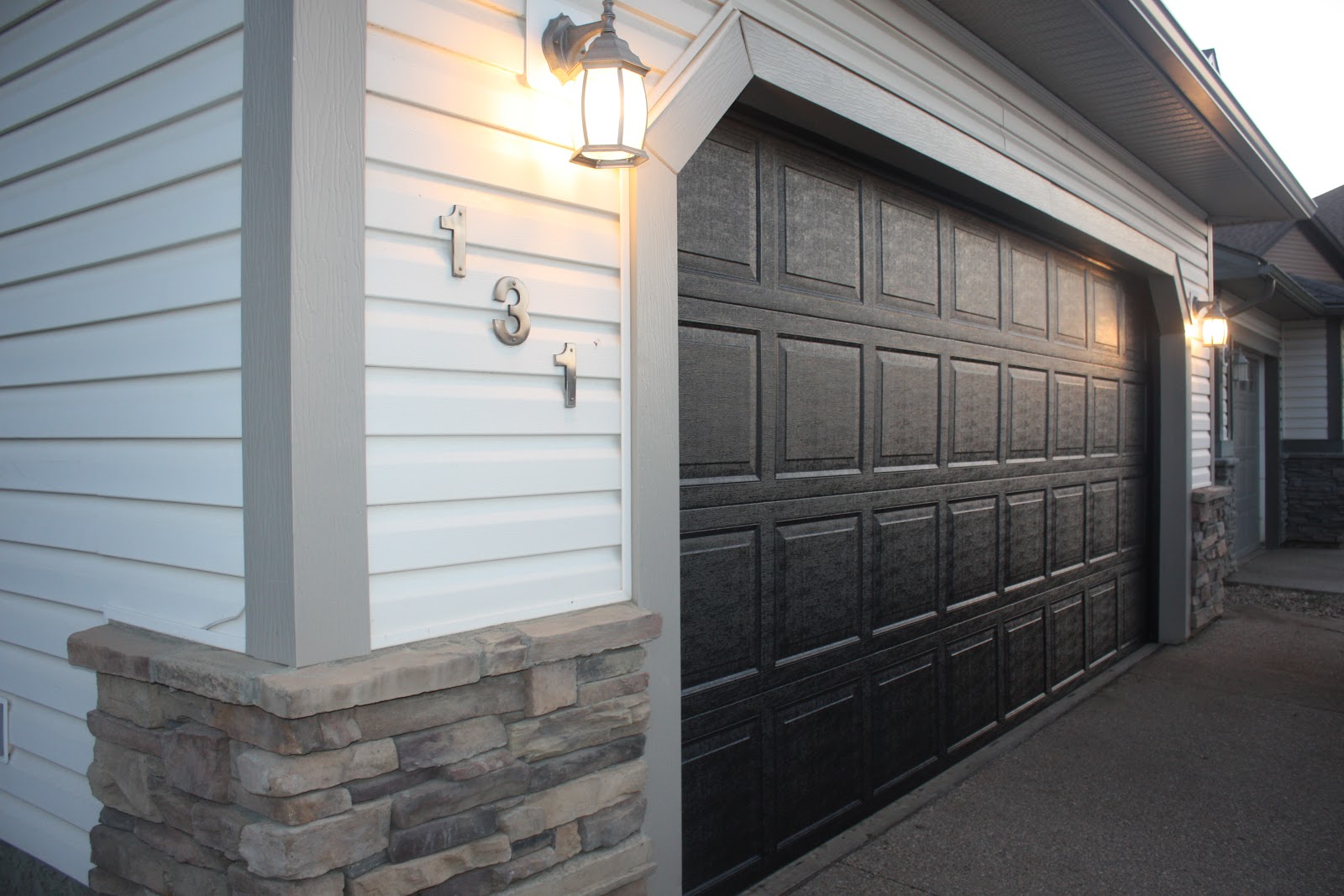
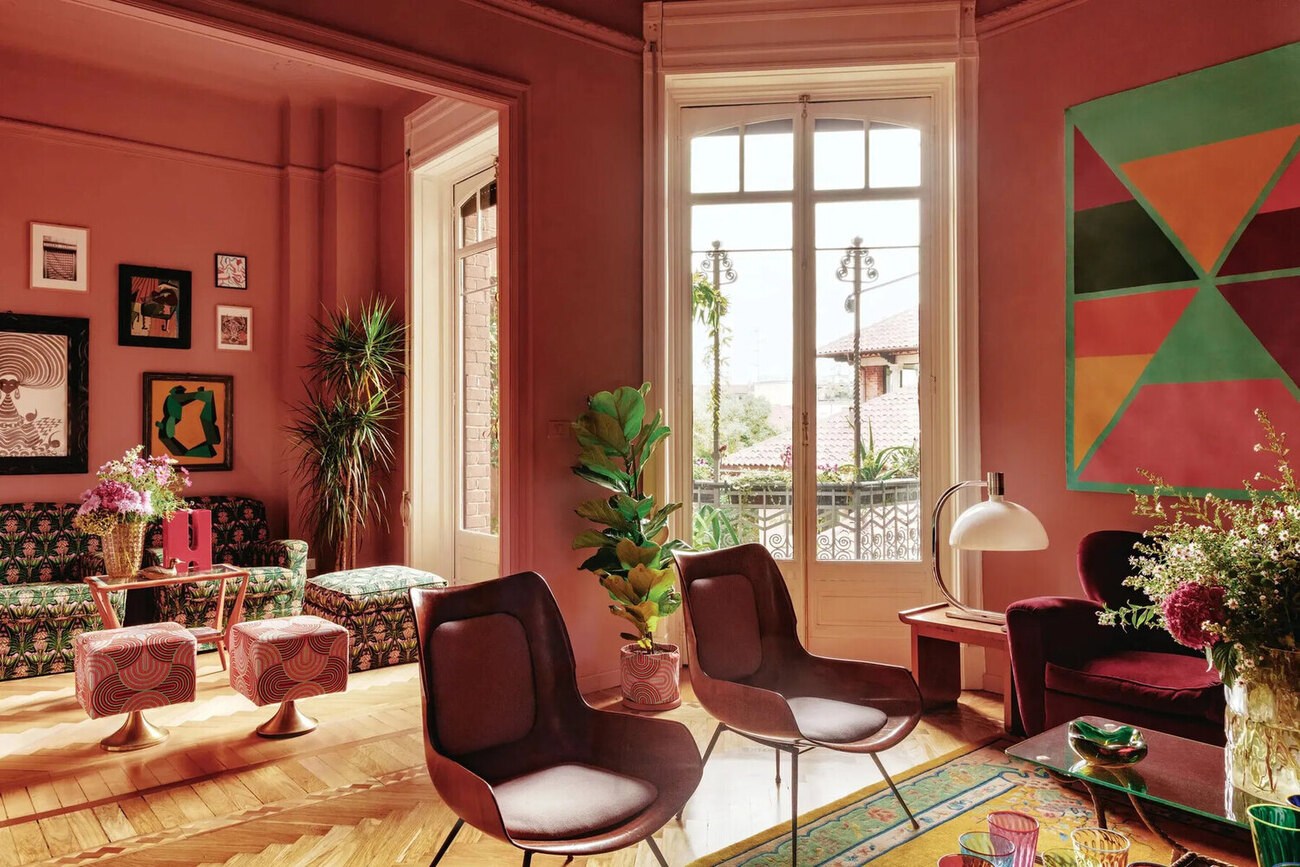
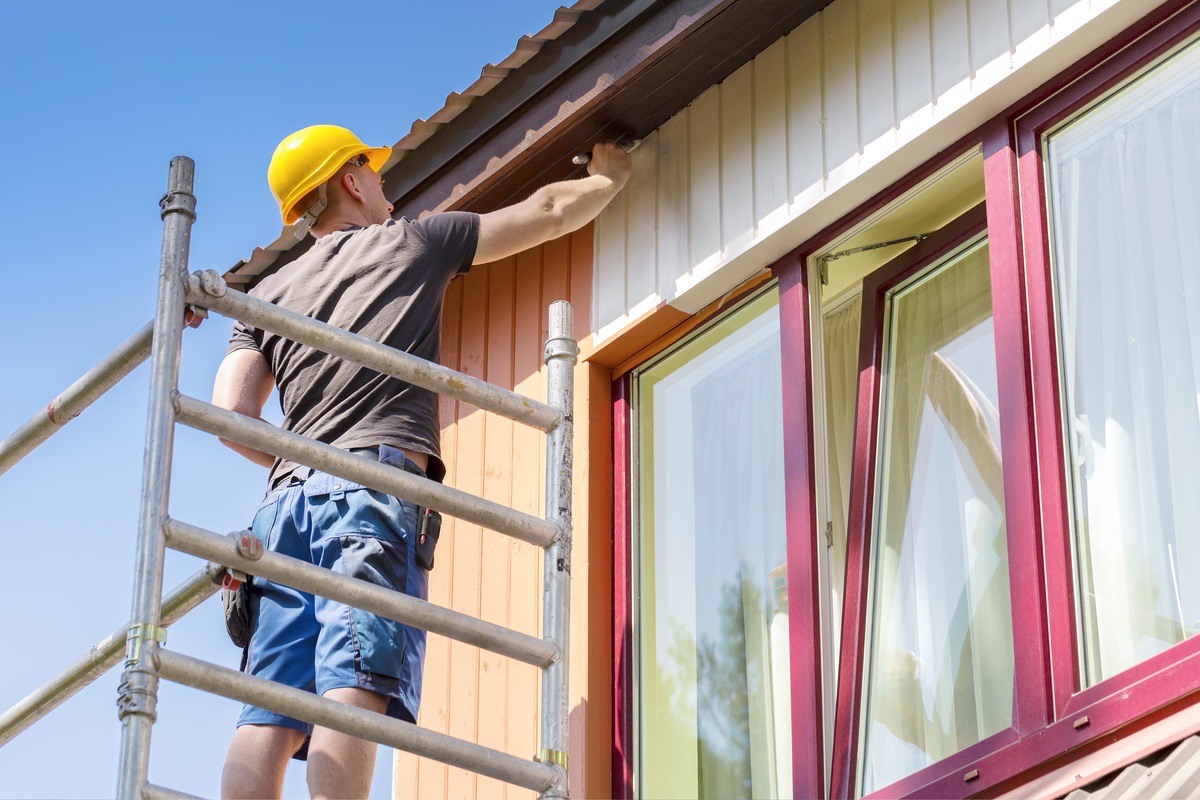
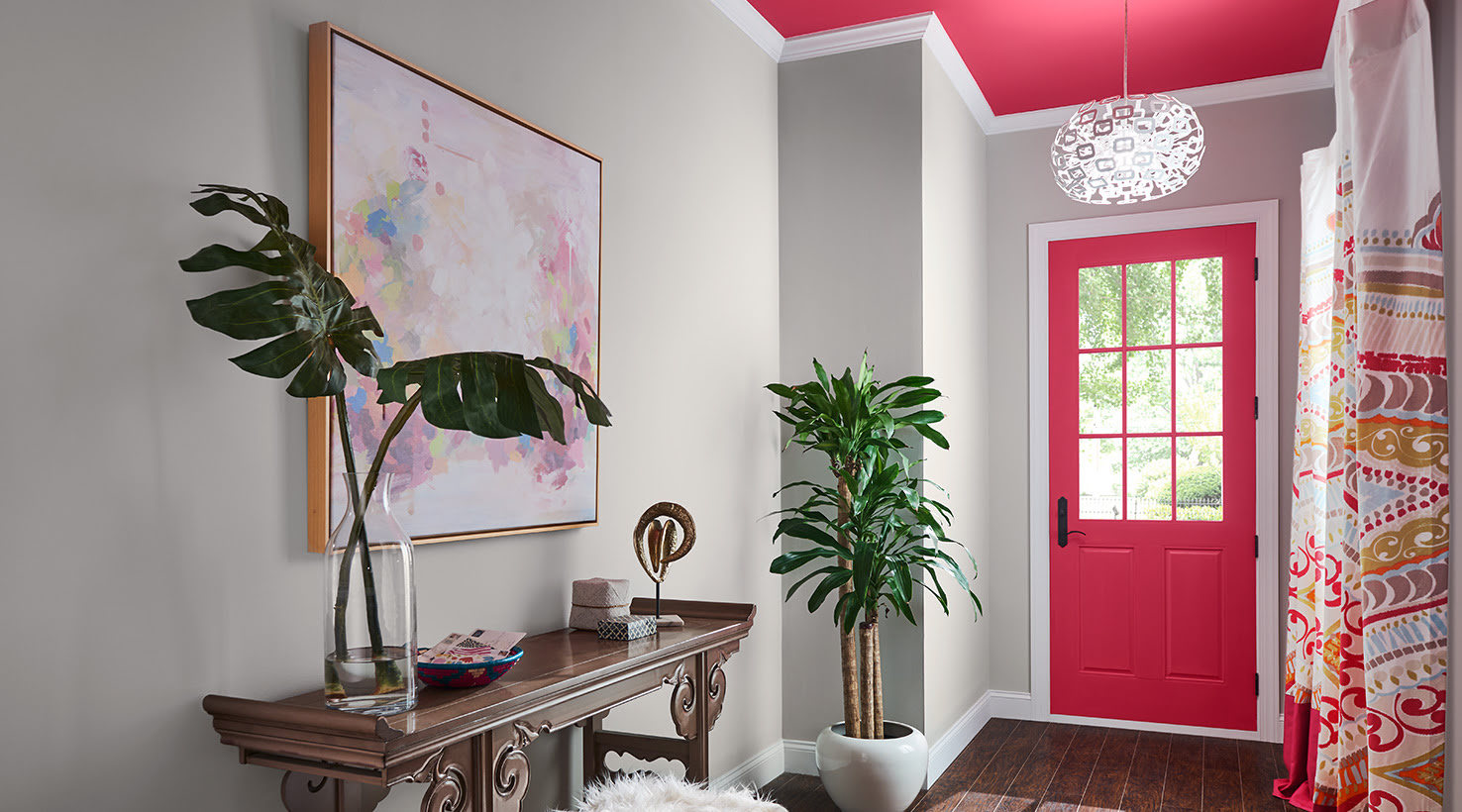

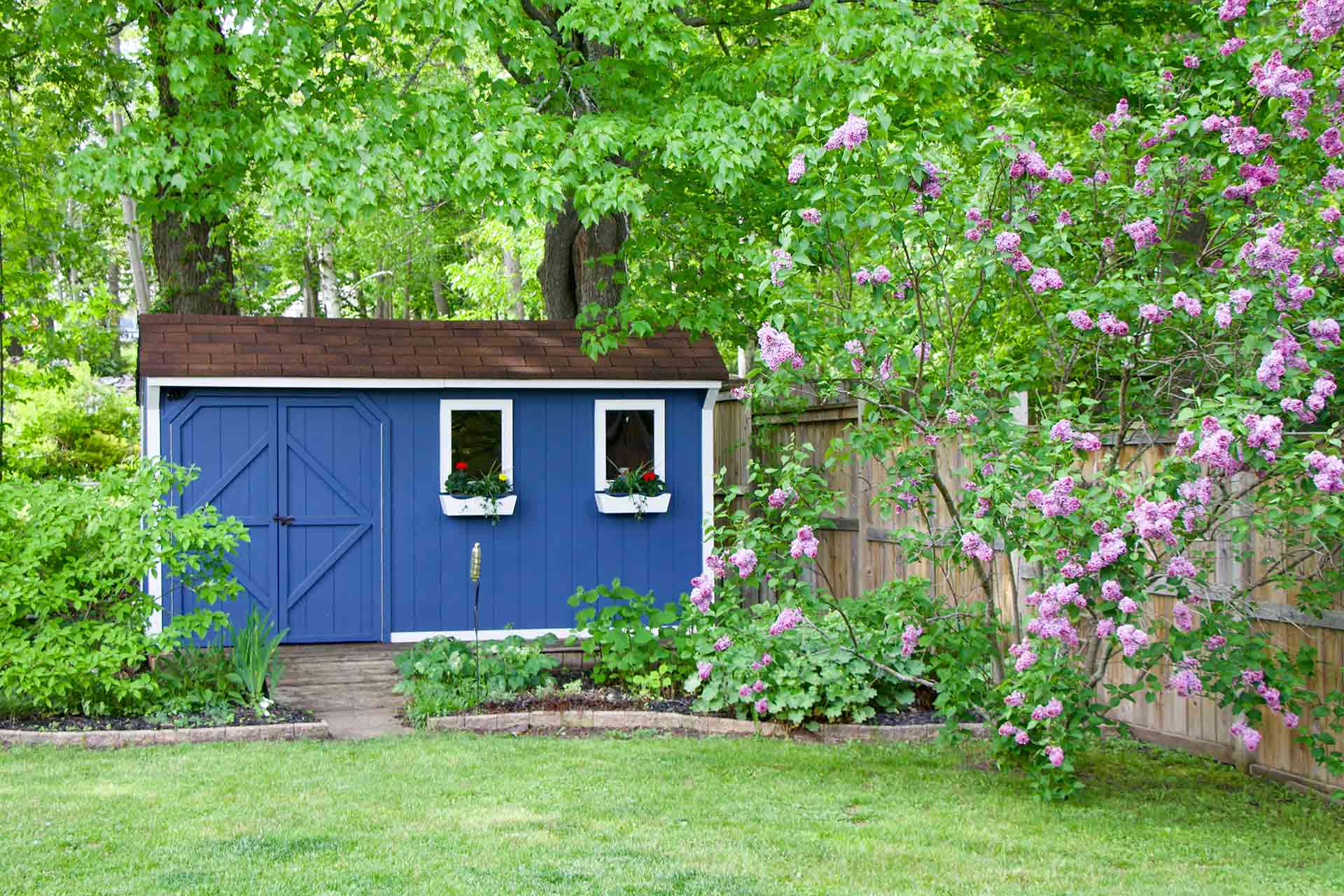
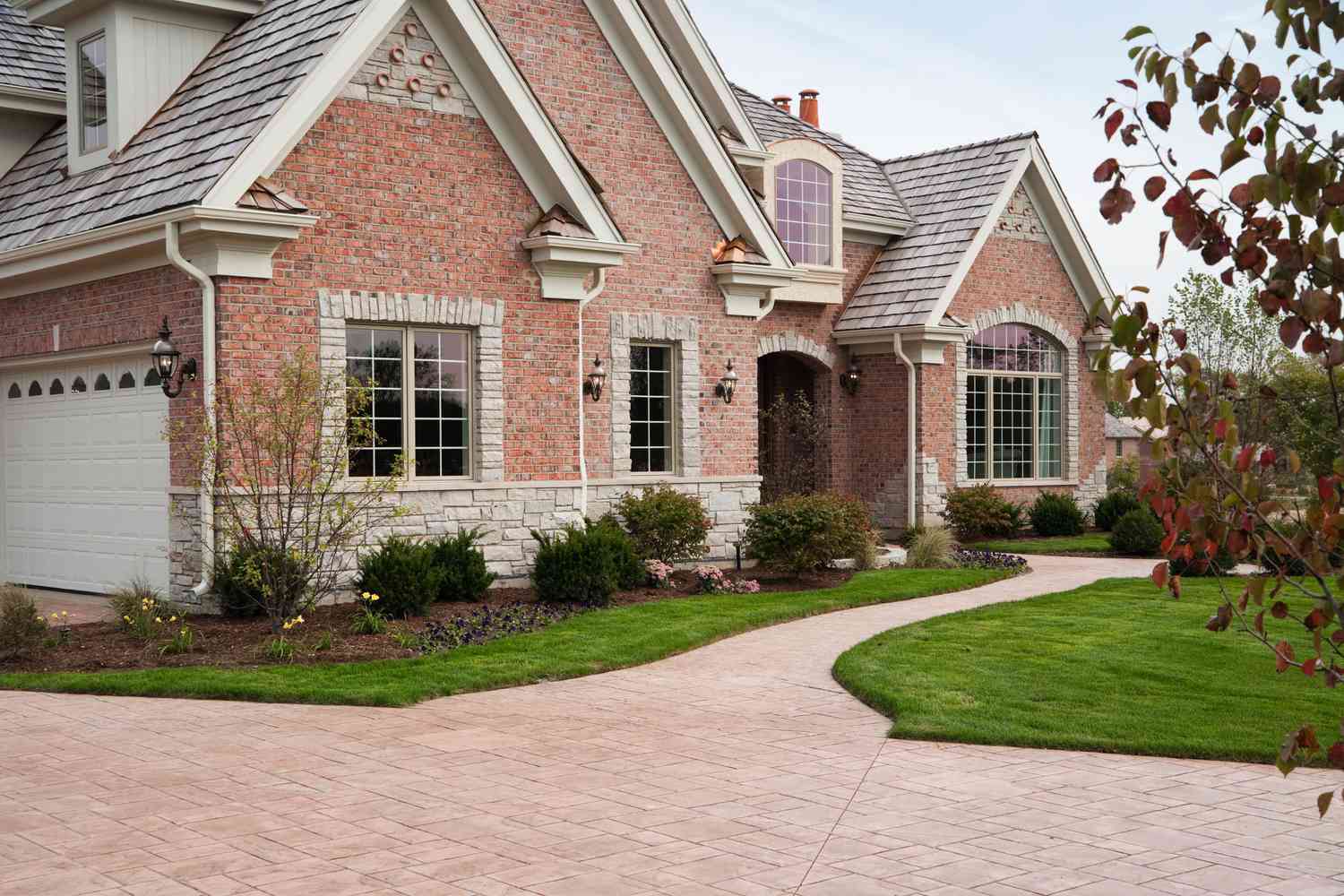
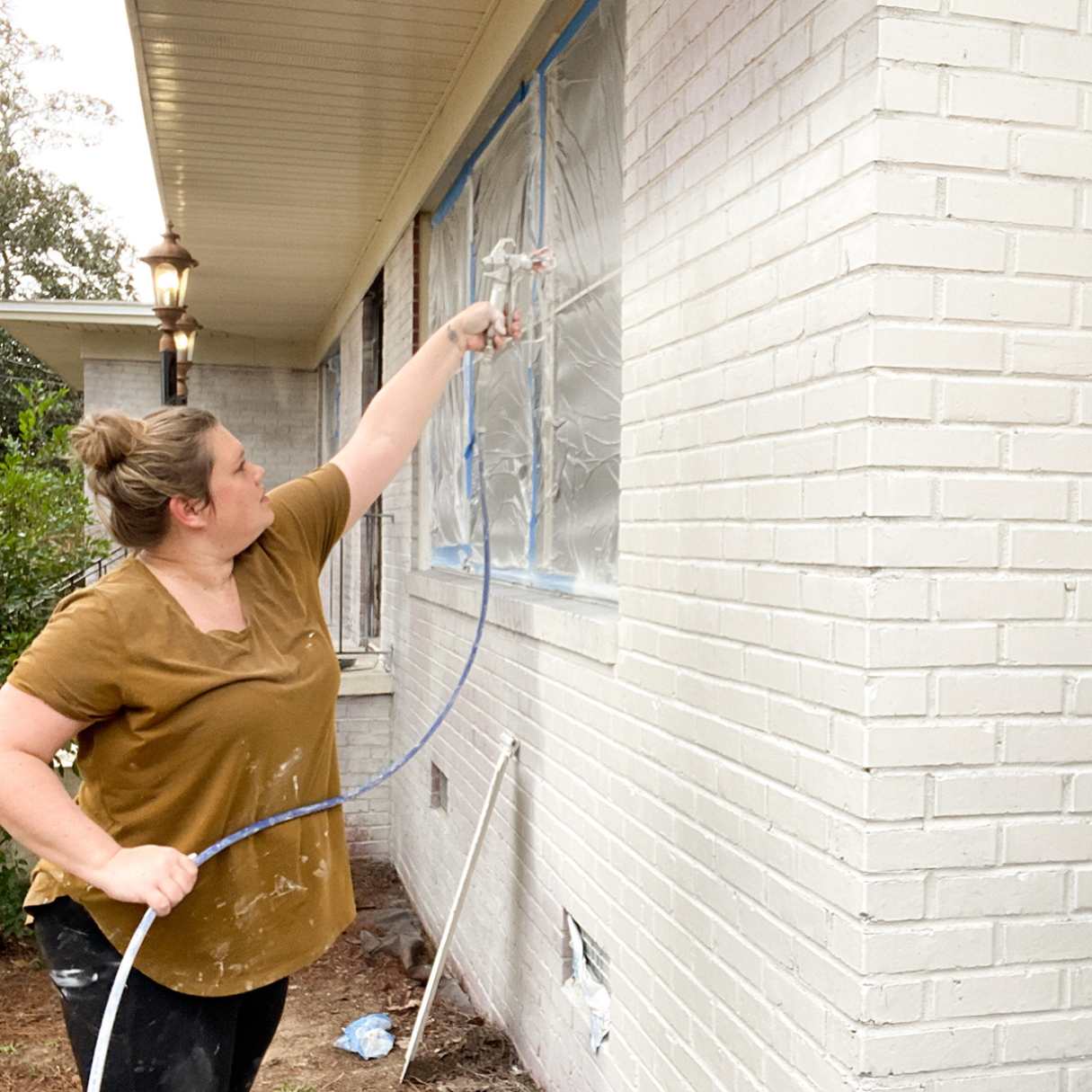
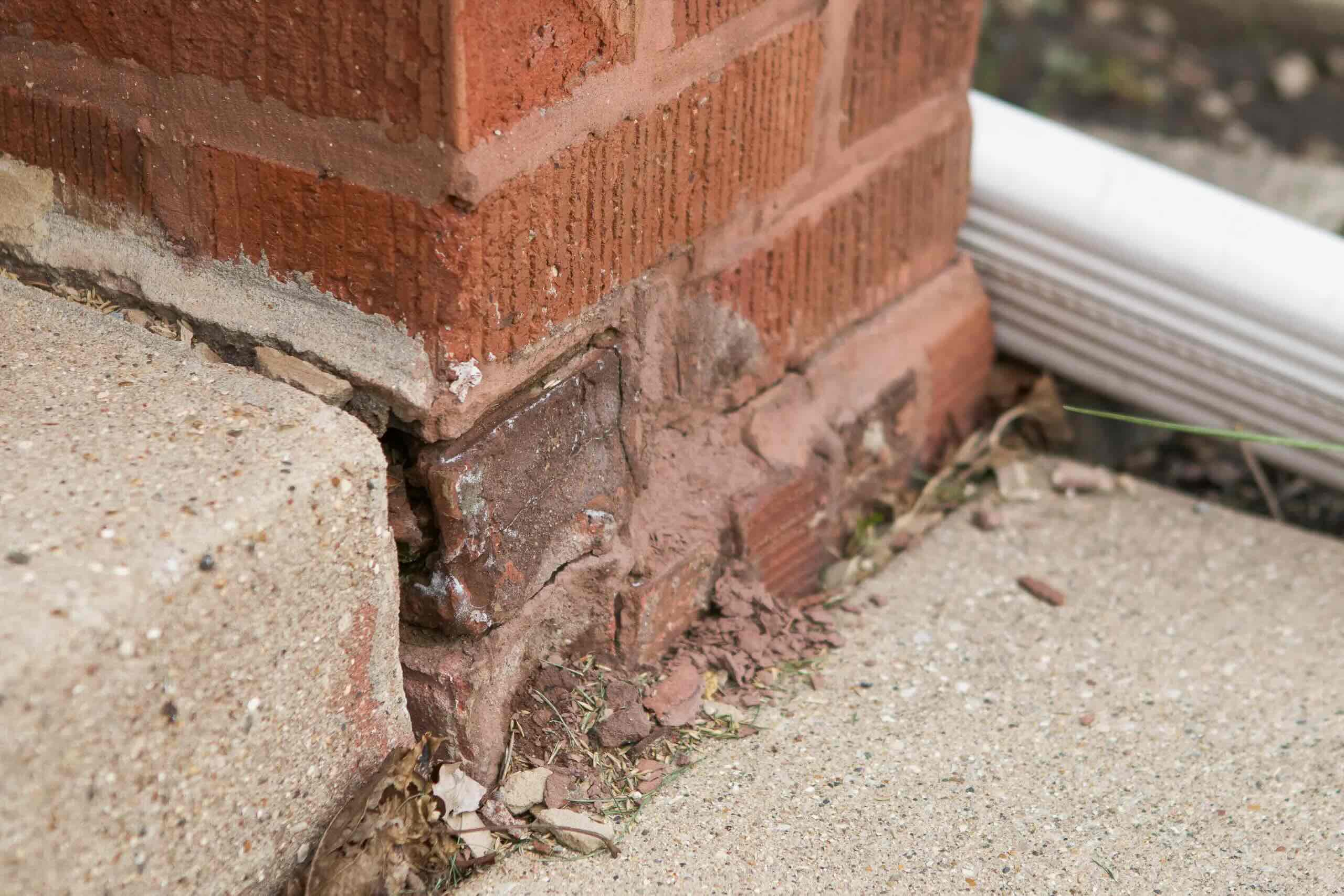
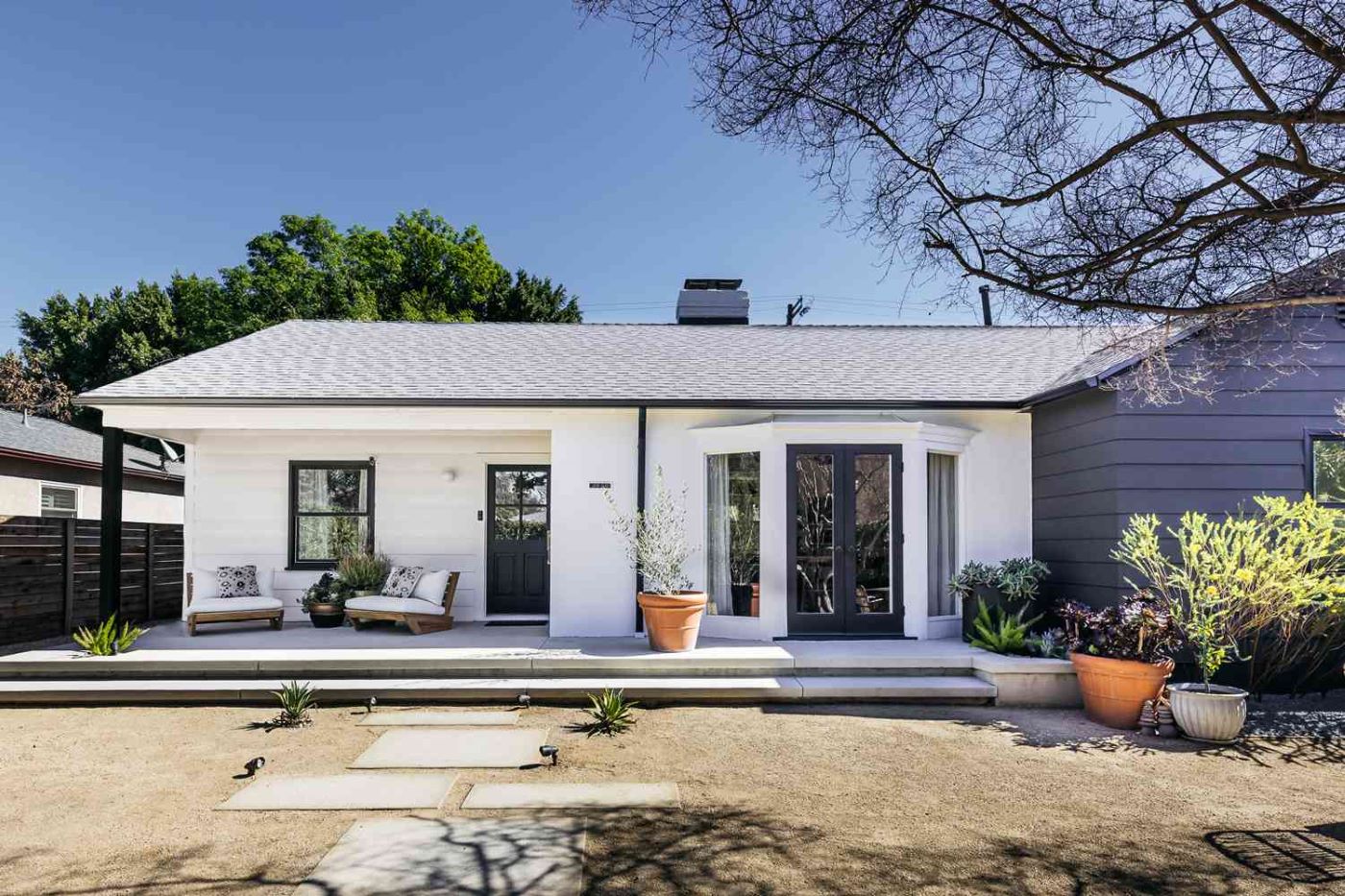
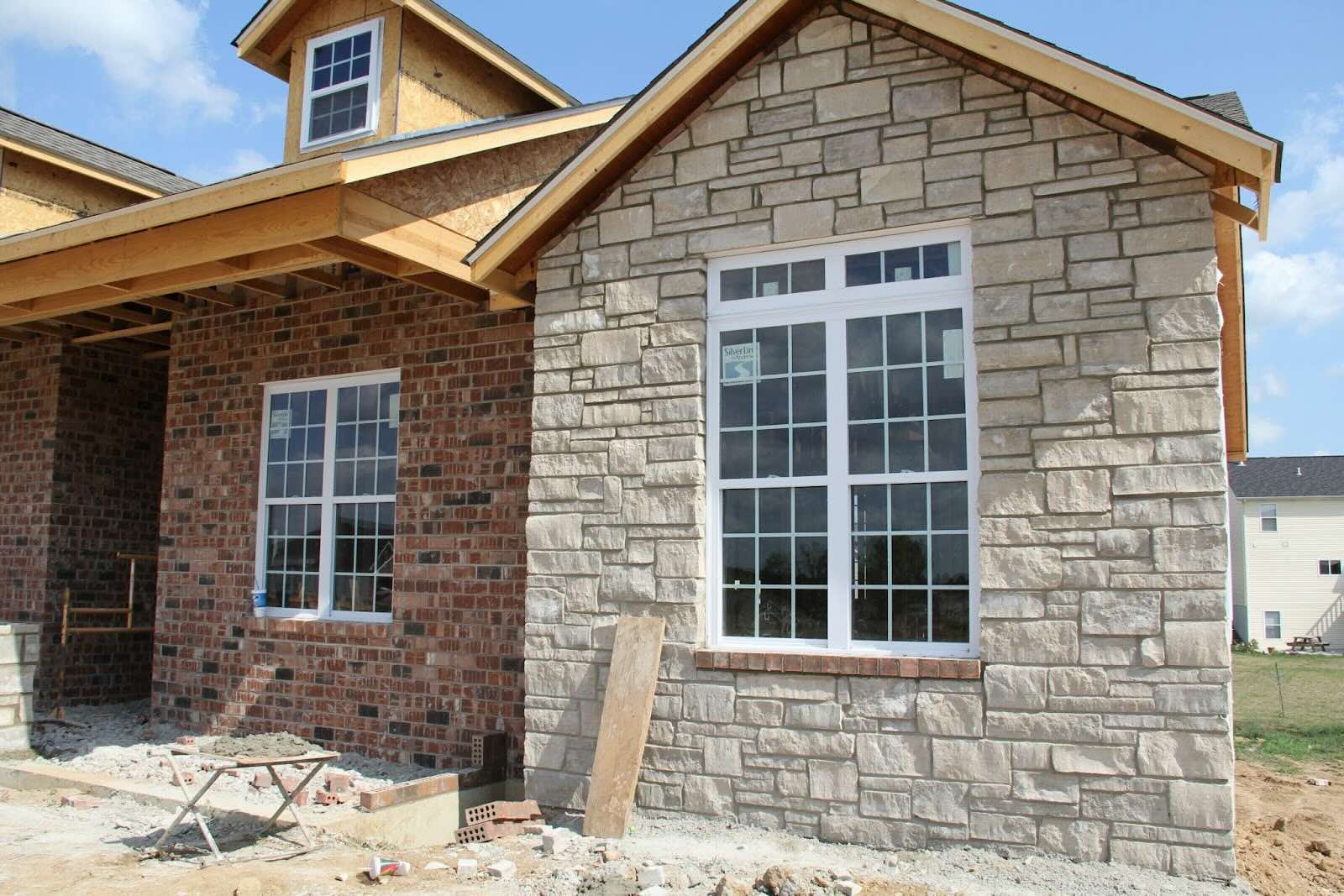
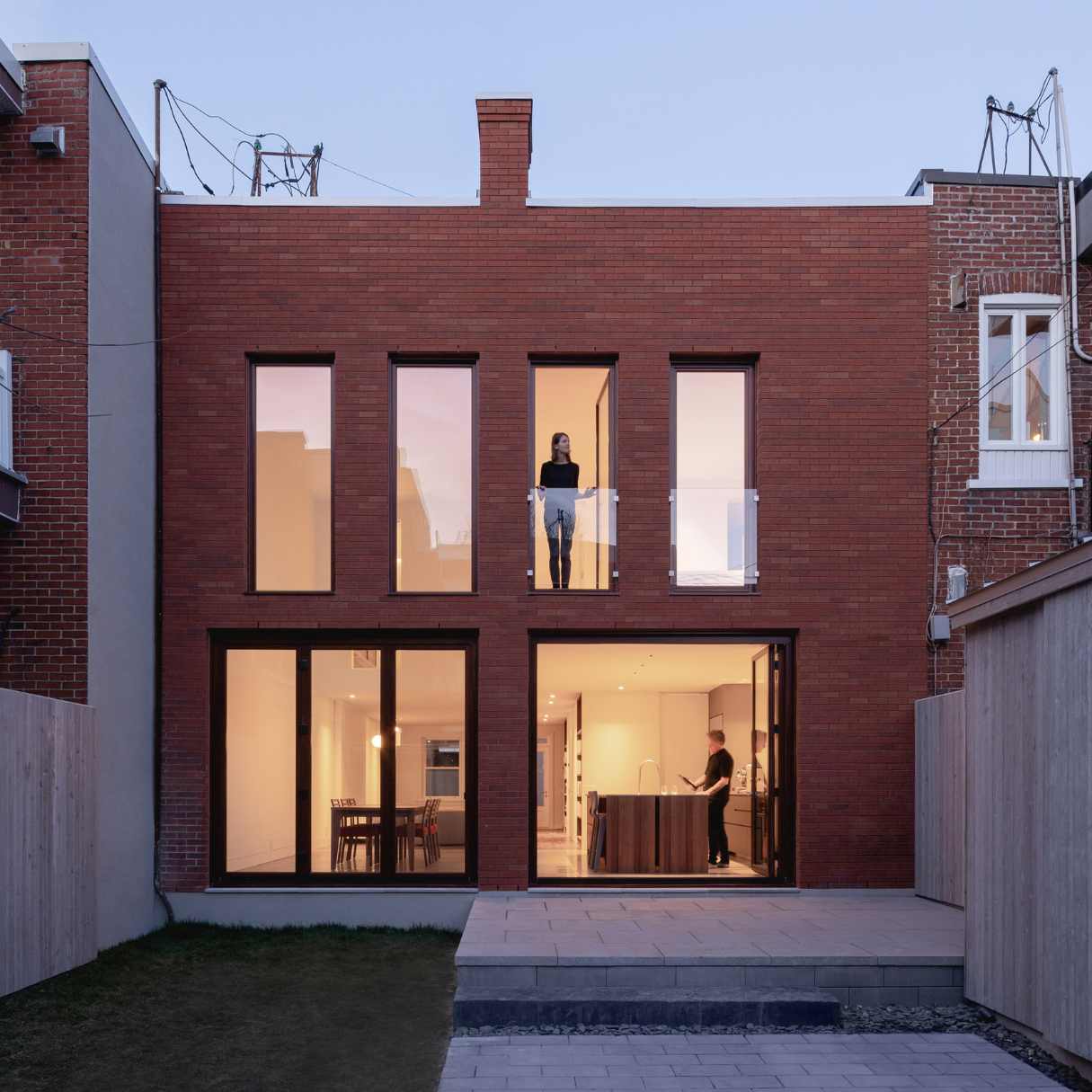
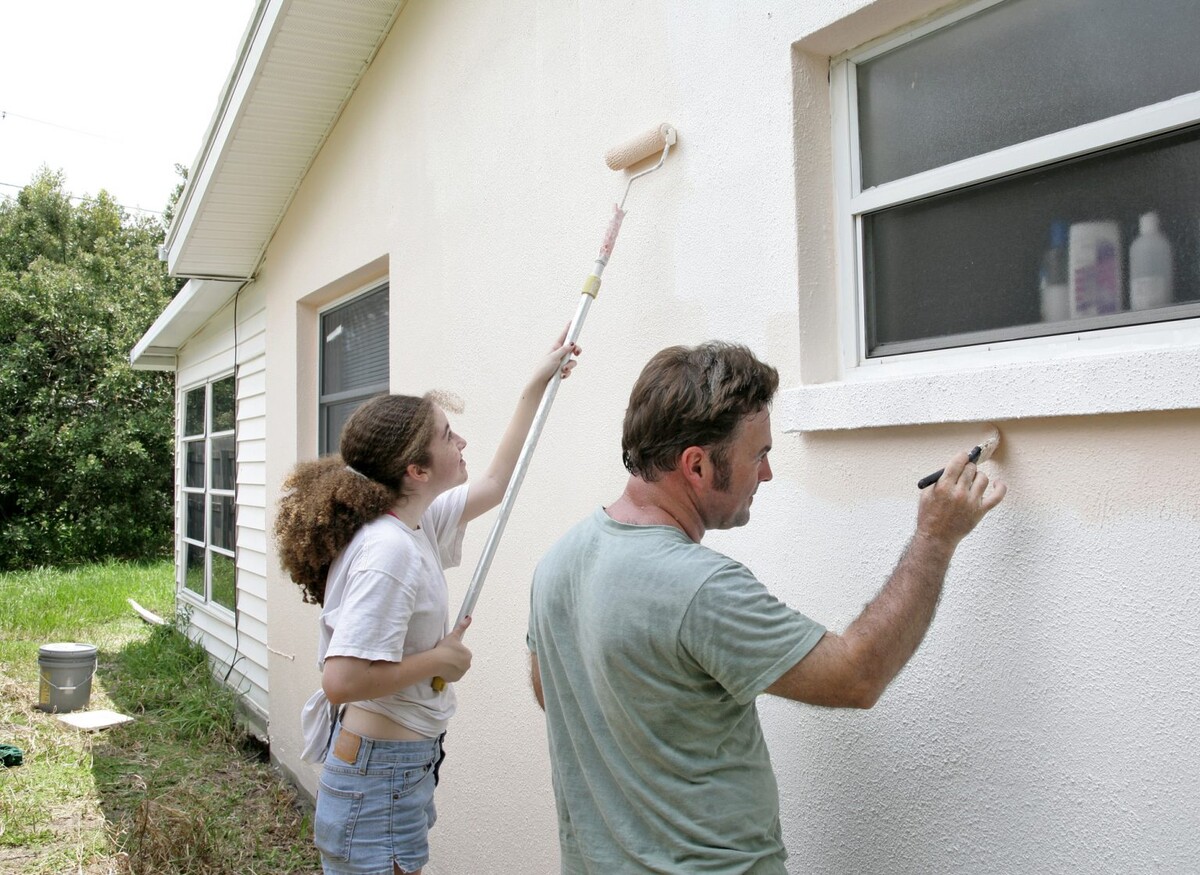

0 thoughts on “Is Painting Your Home’s Brick Exterior A Good Idea?”